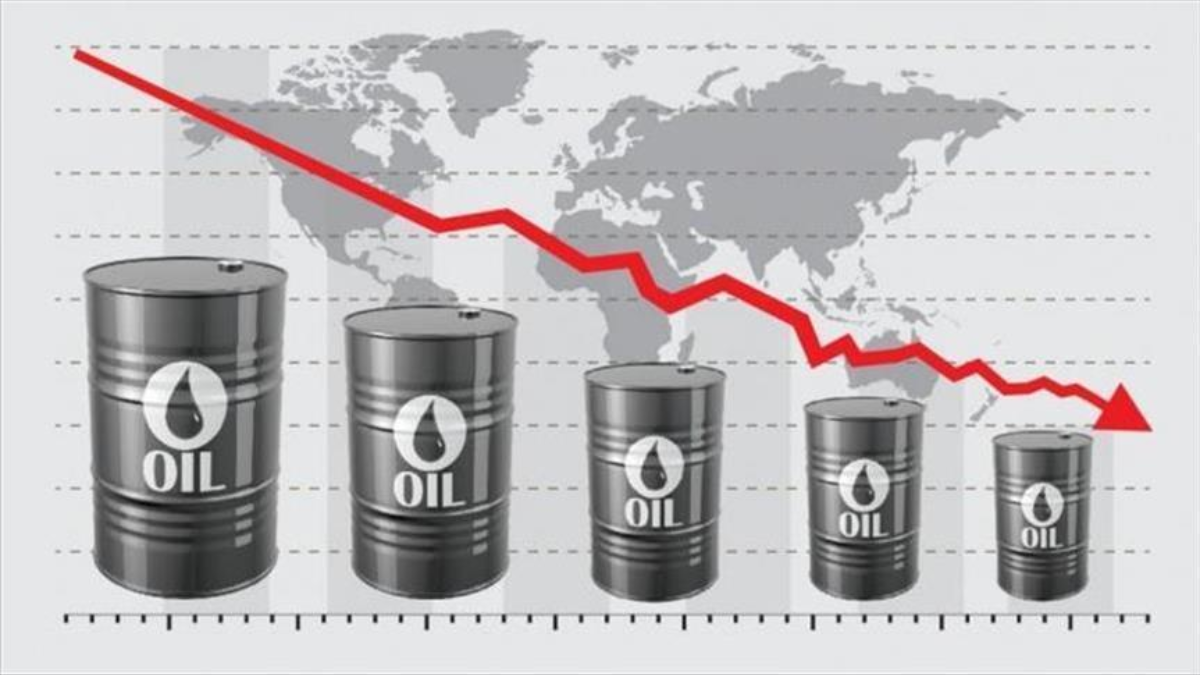Drivers across the U.S. are seeing welcome relief at the pump as oil prices drop to their lowest levels in months, thanks in large part to ongoing international tariff negotiations and easing global tensions. In several states, average gasoline prices have fallen by as much as 20 cents per gallon over the past two weeks.
Analysts attribute the trend to reduced crude oil costs and speculation around future trade policy shifts.
Why Oil Prices Are Falling
The recent decline in oil prices follows renewed talks between the United States and key global trading partners, including China and members of the European Union. These discussions, aimed at lowering tariffs and opening up energy trade, have fueled optimism in the market, reducing uncertainty and encouraging supply chain stability.
The price of West Texas Intermediate (WTI) crude, a key U.S. benchmark, dropped below $78 a barrel this week — a significant dip from its peak of over $85 earlier this year. According to the U.S. Energy Information Administration (EIA), global oil inventories have also been gradually increasing due to higher production and lower demand from parts of Asia, putting additional downward pressure on prices.
Gas Prices Respond Quickly
Because oil accounts for a large portion of gasoline production costs, changes in crude prices often lead to rapid shifts at the pump. In states like Florida, Texas, and Illinois, drivers are already noticing the effects.
According to the AAA Gas Prices Tracker, the national average for regular unleaded gasoline dropped to $3.34 per gallon this week, down from $3.54 in mid-March. In some parts of the Midwest and Gulf Coast, prices have even fallen below $3.20.
“This is great news for everyday Americans,” said AAA spokesperson Andrew Gross. “Not only are we seeing price relief just in time for the spring travel season, but the market appears to be stabilizing, which could mean more consistent prices in the months ahead.”
Statewide Impact and Local Trends
In states heavily reliant on car travel, like California and Georgia, residents are celebrating the drop as a much-needed economic break. However, prices remain higher in coastal and urban areas due to logistical and environmental factors.
In California, where gas taxes are among the nation’s highest, average prices remain above $4.60 per gallon despite recent reductions. Meanwhile, in Texas, which benefits from local refineries and lower taxes, some areas report prices as low as $2.95.
“While gas prices vary by region, the overall trajectory is downward — and that’s encouraging,” said Michael Tran, an energy strategist at RBC Capital Markets. “Unless there’s a major disruption in supply or a breakdown in trade talks, we expect prices to remain lower into early summer.”

Tariff Talks and Market Confidence
At the heart of this trend is a renewed sense of market confidence stemming from recent tariff discussions. U.S. trade representatives have resumed negotiations with Chinese officials to revisit tariffs imposed on petroleum products and refining equipment. Additionally, European energy ministers have signaled a willingness to ease restrictions on American crude exports in exchange for lowered industrial tariffs.
While no formal agreements have been announced, the tone of recent meetings has been positive. A statement from the Office of the U.S. Trade Representative emphasized the administration’s commitment to ensuring energy remains affordable and accessible through fair and open trade.
“This is a positive feedback loop,” said economist Sarah Chen of the Brookings Institution. “The possibility of reduced tariffs boosts production, increased supply lowers prices, and consumers benefit almost immediately.”
Looking Ahead
Experts caution that while current trends are promising, the oil market is notoriously volatile. Events like refinery outages, international conflict, or unexpected demand spikes could quickly reverse gains.
However, barring unforeseen shocks, the combination of high production, easing trade tensions, and moderate demand should keep prices from spiking dramatically in the short term.
Additionally, the shift may also impact inflation. Lower fuel prices help ease the burden on shipping and manufacturing industries, which could lead to more stable consumer prices across sectors. According to the Bureau of Labor Statistics, fuel costs are a major driver of monthly inflation reports.
Conclusion
For now, the drop in oil prices is translating to real savings for American drivers. As policymakers continue working to stabilize trade relations and energy markets, consumers may continue to reap the benefits at the gas pump. While it remains to be seen whether these lower prices will hold through the summer travel season, the current trend offers a hopeful sign in a year marked by economic uncertainty and cautious optimism.
For more detailed energy updates, visit the U.S. Energy Information Administration.
Disclaimer – Our team has carefully fact-checked this article to make sure it’s accurate and free from any misinformation. We’re dedicated to keeping our content honest and reliable for our readers.
